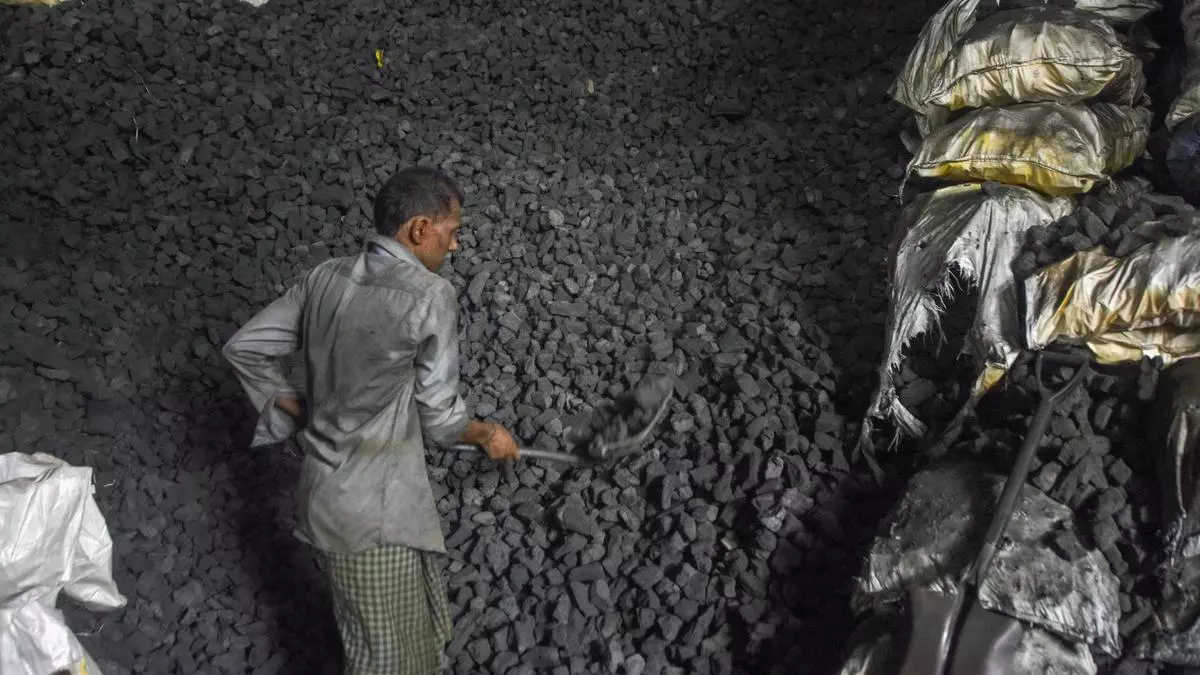CEA cautions about possible power crisis
The Central Electricity Authority (CEA) expects peak power demand to rise by 9 percent to 230-235 GW by April 2023 from the current 215 GW, creating a supply-demand mismatch leading to a potential energy crisis. According to Ghanshyam Prasad, the head of CEA, if the planning is not done properly, it could lead to a potential energy crisis in the country.
During the Covid period, energy demand was low and the situation was “relaxed”, however, the unprecedented growth in 2021 led to a sudden increase in energy demand. If we are not careful, a similar level of crisis as the one we experienced this year could happen next year. In April 2023, according to our estimates, the demand will be even higher. The demand this year was around 215 GW which could go up to 230-235 GW,” Prasad said on the 13th. y Energy Council organized by the Chartered Insurance Institute here on Tuesday.
According to data from CEA, peak demand in August of this year was 196 GW.
related stories
Graduates and diploma holders are now eligible for the Postal Life Insurance Plan
The center modifies the rules to make it possible; The main objective of the program is to provide insurance cover to the general public in rural areas
India faced one of the worst electricity crises which led to the risk of power outages in several parts of the country during the past year and also in the current financial year due to a combination of factors including sudden surge in electricity demand, depletion of thermal stocks. Power plants, poor evacuation due to the extended monsoon and non-payment of coal dues from states like Maharashtra, Rajasthan, Tamil Nadu, Uttar Pradesh and Madhya Pradesh resulted in insufficient supplies.
add capacity
India currently has approximately 210 gigawatts of coal-based capacity. Plans are in the works to add 27 GW of coal-fired generation by 2026-27 and another 30 GW by 2030. Although there are talks of a reduction in thermal power, it is likely to rise to 248 GW at best and worst case. It could go up to 256 GW if there is low support from hydro and renewables.
related stories
Inextricably linked with the rise of technology is the rise of India: Jaishankar
The principle of economic strategic autonomy will hold the key to global rebalancing, and the major players will continually strive to be more technologically capable.
“Approximately 27 GW of coal-based generation is in the pipeline by 2026-27 and this needs to be accelerated and another 30 GW by 2030. These coal-based plants will appear in scattered areas due to huge problems in transmission and high cost,” he said. .
transition
While talking about the transition from fossil to non-fossil fuels, he said, although coal-based generation will rise, its share will decline from 75 percent at present to nearly 50 percent by 2030 and in terms of capacity it should to be. be 30 per cent.
In light of the addition of 500 gigawatts of renewable energy by 2030, there is a need to increase transmission capacity. The government is working on a plan for a renewable evacuation capacity of 536 GW. “The government is working with all stakeholders and will be announced soon,” he said.
Speaking about the shift towards sustainable energy business, Pramod Agrawal, CMD, Coal India, said India’s per capita energy consumption is far from the global average. “We have to think about the pattern of consumption. People who consume more should reduce and those who consume less should increase (consumption), he said.
